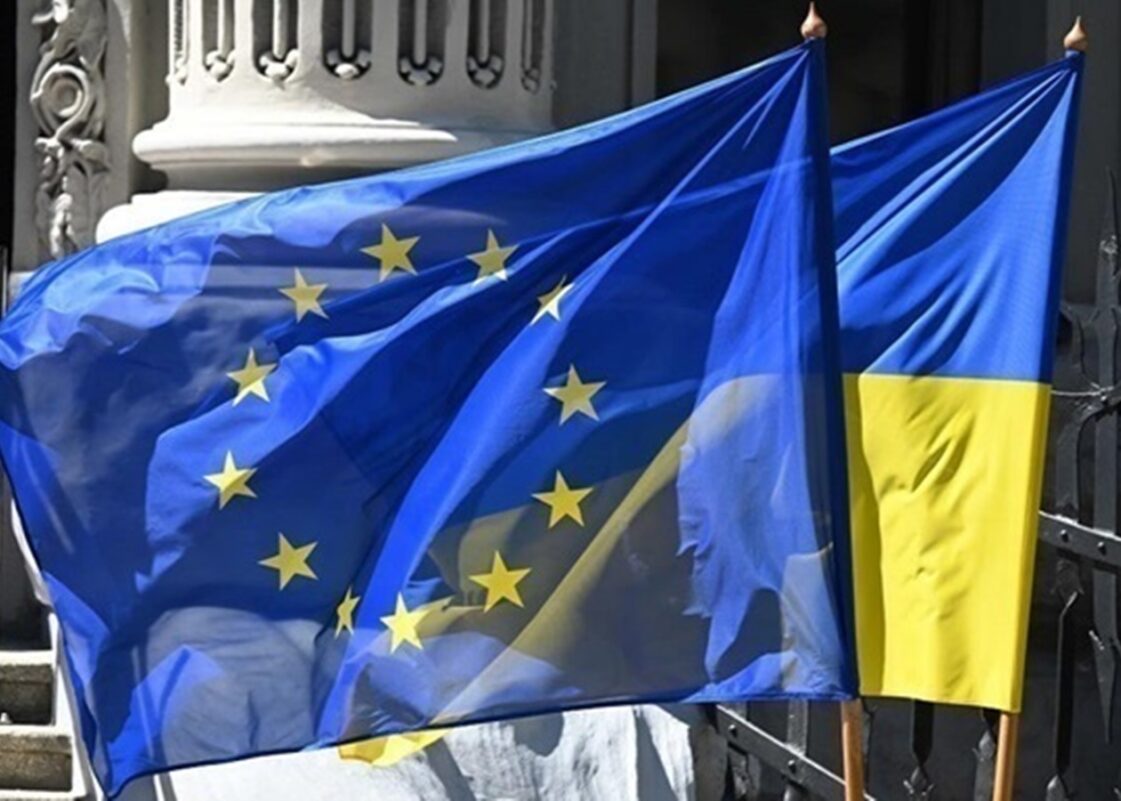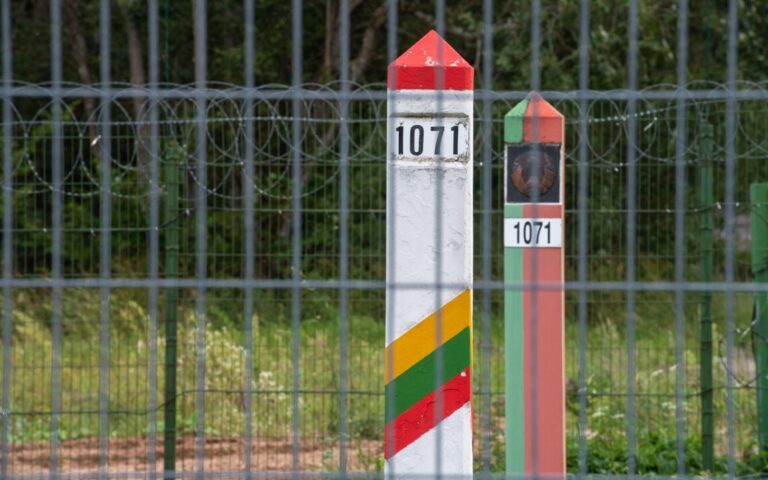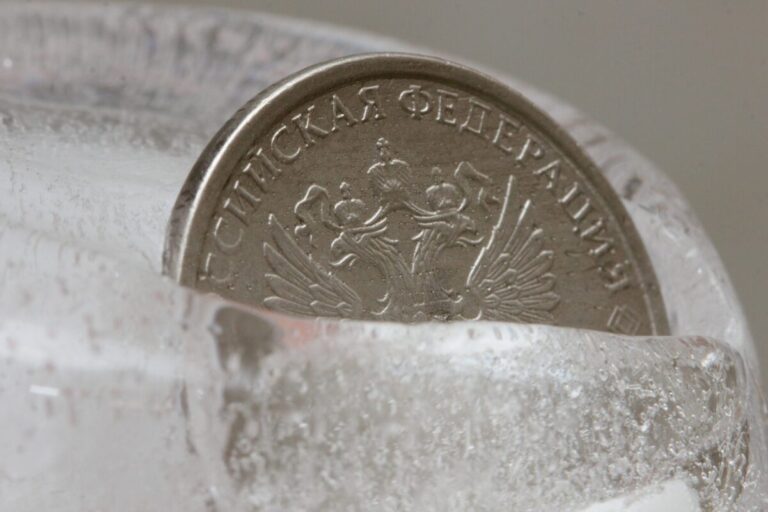
Reparations Credit for Ukraine: How the EU Plans to Use Frozen Russian Assets to Support Kyiv
The European Union is preparing an unprecedented support mechanism for Ukraine the so-called “reparations credit” amounting to up to 130 billion euros. This decision, proposed by the European Commission and backed by part of the G7 countries, could become crucial for financing Ukraine’s defense needs amid a prolonged war and an unstable financial outlook.
The essence of this mechanism is the use of funds derived from frozen Russian assets, which have been held in the West since Russia’s invasion of Ukraine in 2022. This refers to cash already converted from assets frozen in European financial institutions in particular, the Belgian depository Euroclear. The total volume of these assets in Europe is estimated at 210 billion euros, of which about 175 billion have already been converted into cash.
On September 10, European Commission President Ursula von der Leyen publicly presented this idea for the first time. According to her, the proposed mechanism would not only allow the use of frozen assets to support Ukraine, but also do so in compliance with international law and without crossing the line of full confiscation, which remains a sensitive issue for many European countries.
Why the “Reparations Credit” Is Needed and How It’s Planned to Be Used
The main goal is to ensure the financing of Kyiv’s defense needs. These funds are meant not only to support financial stability, but also to supply the army, restore critical infrastructure, and respond to the unpredictable challenges of war. Importantly, repayment of the credit is expected to take place only after Ukraine receives reparations from Russia according to a future peace agreement. In this way, Ukraine would receive real financial resources at the most critical moment, without taking on extra debt burdens without the real ability to repay.
Responsibility and risks under this scheme will be shared between EU member states and the G7 countries, which may potentially join the financial guarantees.
Legal and Political Context: Why This Mechanism Is Unique
Brussels is currently working on the details: the mechanism should engage frozen assets without their formal confiscation, which is crucial for many EU governments and the European Central Bank. A special structure is expected to be created to transfer funds from Euroclear in exchange for zero-coupon bonds issued by the European Commission under the guarantees of EU countries and, possibly, the G7.
At the same time, before the final launch of this credit, the EU needs to repay the previous G7 loan of 45 billion euros, which temporarily reduces the resource available for Ukraine. After this, approximately 130 billion euros could form the basis of the “reparations credit.”
EU Commissioner for Economic Affairs Valdis Dombrovskis explains:
“The specific parameters have not yet been agreed.”
The final amount and parameters will be determined after the IMF analyzes and announces Ukraine’s financial needs for 2026–2027.
Post List
How Europe’s Position Is Changing and Why This Step Matters
The idea of a “reparations credit” has become possible thanks to a gradual shift in the positions of certain key European countries. In particular, Germany has for the first time openly supported the idea of maximizing the use of frozen Russian assets for Ukraine’s benefit. This coincided with increased initiatives from the European Commission and pressure from the United States.
Notably, the EU is not moving toward full confiscation of the assets, but is offering a flexible mechanism that makes it possible to use the money now with the guarantee of repayment if the political situation changes or a peace agreement is signed.
Assessment of Ukraine’s Real Financial Needs
According to the IMF, Ukraine’s financing gap until the end of 2027 is estimated at 65 billion dollars (Kyiv had previously named a lower figure 38 billion). The head of the Budget Committee of the Verkhovna Rada, Roksolana Pidlasa, clarifies:
“The IMF preliminarily estimates Ukraine’s unmet need for international financing at $65 billion over four years, not two. This financing gap is distributed unevenly over four years because, as of now, there are the fewest agreements for 2027.”
Meanwhile, the European Commission already plans to include another 100 billion euros for Ukraine in the EU’s seven-year budget starting in 2028, which will partly address the issue of long-term support.
The “reparations credit” is a new level of international support for Ukraine that could provide critically important financing during a period of war and instability. The mechanism enables the EU and its allies to support Ukraine without violating the legal and political principles that remain important for European governments.
At the same time, the implementation of this idea depends on consensus among EU countries, agreement of parameters with the IMF, and the completion of financial calculations. The main question is whether the EU will be able to quickly and effectively implement this mechanism in response to Ukraine’s needs in the next two years, when the situation at the front and in the country’s budget remains the most challenging since the beginning of the war.
The reparations credit is not only a financial instrument, but also a political signal: Ukraine is not left alone, and European solidarity has a real, tangible meaning even in matters that just a few years ago seemed impossible.















